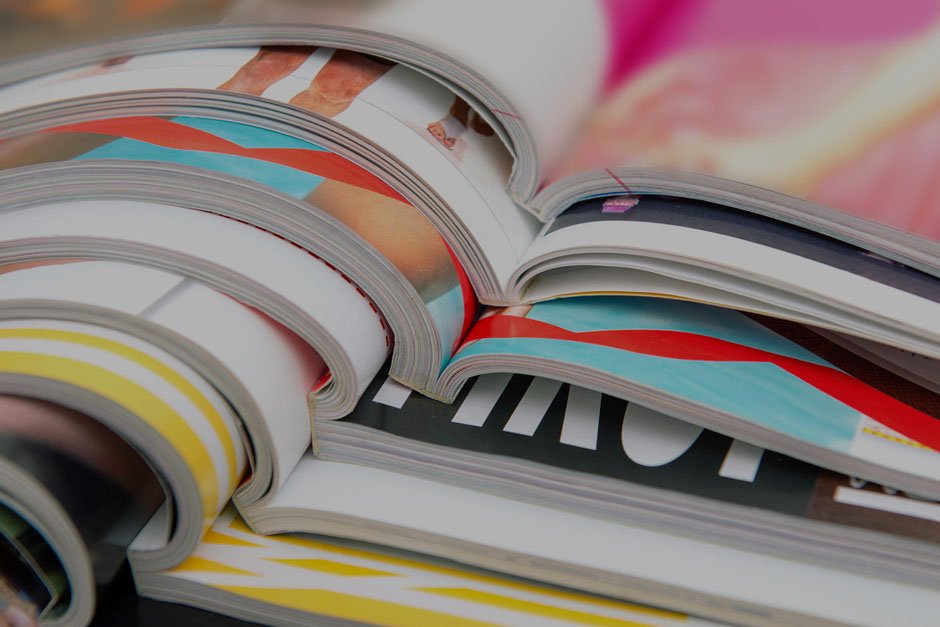The Importance of Document Finishing
Document finishing is a crucial step in the presentation and preservation of professional documents. Whether it’s a business report, an academic thesis, or a personalized brochure, the way a document is finished significantly impacts its appearance and durability. This comprehensive guide will explore the various methods and tools used in document finishing, highlighting their unique benefits and applications.
Diverse Binding Techniques for Every Need
- Binding Machine: A Versatile Tool A key player in document finishing is the binding machine, which offers a variety of binding styles to suit different document types and preferences. From comb and wire to thermal binding, each method provides a unique aesthetic and functional quality, making the choice of a binding machine crucial for businesses and individuals alike.
- Comb Binding for Flexibility Comb binding, one of the most common and cost-effective methods, involves the use of a plastic comb to hold the pages together. This method is ideal for documents that need regular updating, as the comb can be opened to add or remove pages easily.
- Wire Binding for a Professional Look Wire binding offers a more professional and sleek appearance. It’s perfect for presentations and reports, as it allows the document to lay flat when open, making it easier to read and handle.
Enhancing Durability with Lamination
- The Role of Laminators Laminators are essential in protecting and enhancing the durability of documents. By encasing documents in a plastic film, laminators guard against water, tear, and other environmental damages, making them ideal for frequently used materials.
- Choosing the Right Laminating Pouch The thickness and size of the laminating pouch play a significant role in the final outcome. Thicker pouches offer greater protection and rigidity, while thinner ones are more flexible and economical.
Advanced Techniques for Specialized Needs
- Thermal Binding for a Book-Like Finish Thermal binding gives documents a clean, book-like finish, making it perfect for high-end presentations and proposals. This method uses heat to seal the document within a custom-sized spine, resulting in a highly professional appearance.
- Saddle Stitching for Booklets Saddle stitching is ideal for multi-page booklets, such as catalogs and brochures. This method involves folding and stapling the document along the spine, offering a neat and efficient finish.
The Art of Folding and Creasing
- Paper Folding Machines for Efficiency Paper folding machines automate the folding process, ensuring uniform and precise folds. They are indispensable for large-scale projects like mail-outs and pamphlets.
- Creasing for High-Quality Materials Creasing is crucial for high-quality papers to prevent cracking along the fold. It’s especially important for printed materials with heavy ink coverage or for thicker paper stocks.
Customizing Documents with Hole Punching
- Hole Punches for Organization Hole punches are essential for preparing documents for binder storage. They come in various capacities, from simple manual punches to electric models for larger volumes.
- Choosing the Right Hole Punch Pattern The hole punch pattern should be selected based on the binding system used, such as three-ring binders or wire binding, to ensure compatibility and ease of use.
Finishing Touches: Covers and Protectors
- Selecting Appropriate Covers The choice of cover can significantly impact the document’s appearance. Transparent covers showcase the title page, while solid covers provide a more subtle and professional look.
- Using Sheet Protectors For documents that need regular handling, sheet protectors offer an additional layer of durability without the need for full lamination.
Maintenance and Care of Finishing Equipment
- Regular Cleaning and Servicing To ensure longevity and optimal performance, regular cleaning and servicing of document finishing equipment are essential. This includes removing dust and paper residues and checking for wear.
- Training for Effective Use Proper training in the use of document finishing equipment is crucial to avoid mishandling and to achieve the best results.
Elevating Documents to Professional Standards
Ultimately, the art of document finishing encompasses a wide range of techniques and tools, each contributing to the overall presentation and durability of professional documents. From the versatility of a binding machine to the protective qualities of lamination and the precision of folding and creasing, these finishing essentials play a pivotal role in elevating documents to meet professional standards. By understanding and utilizing these tools effectively, businesses and individuals can ensure that their documents not only look exceptional but also stand the test of time.


